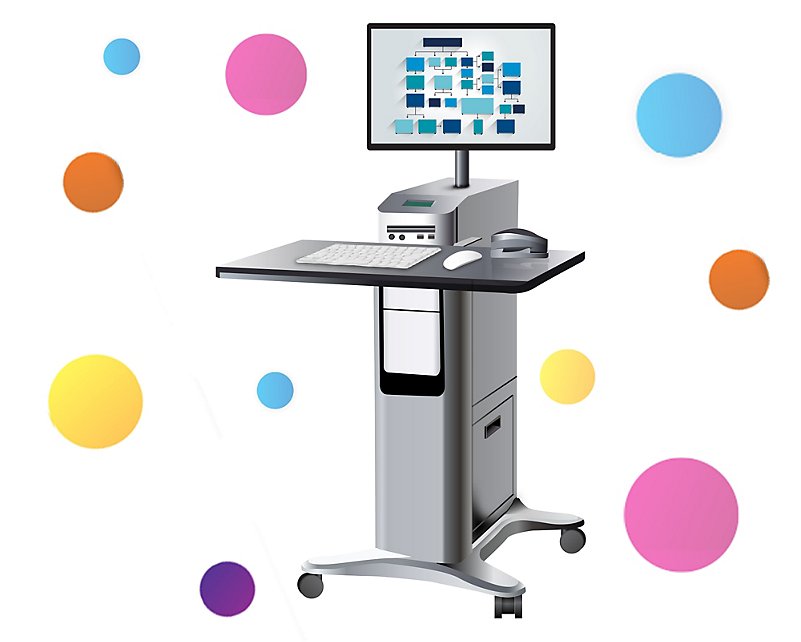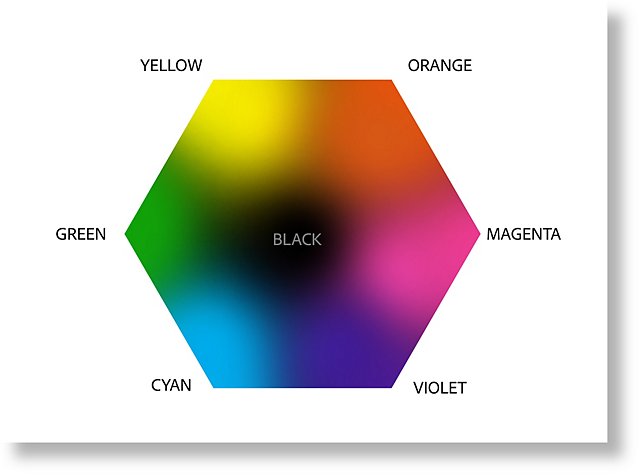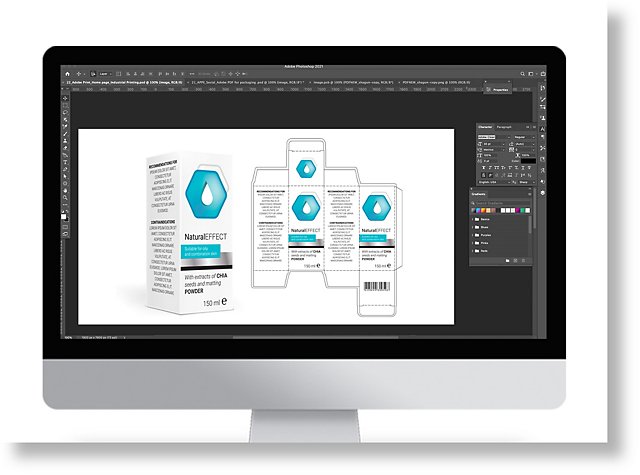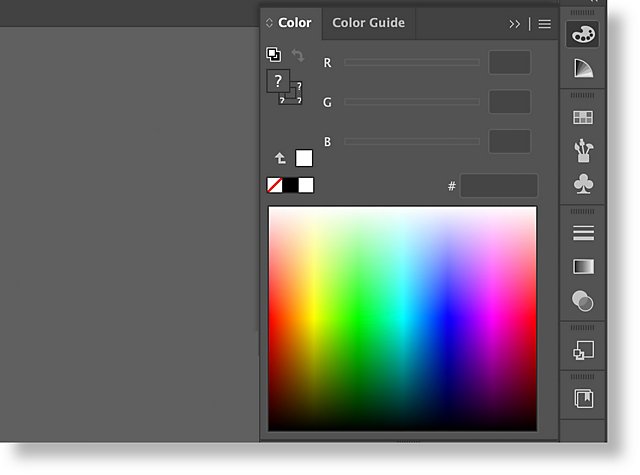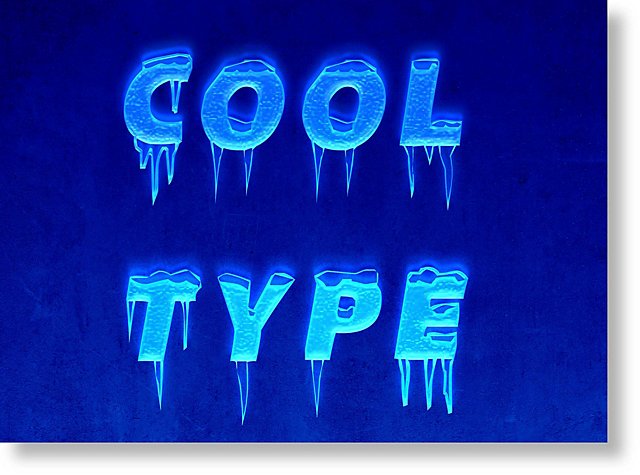Adobe PDF Print Engine for Industrial Print
Print is part of Adobe’s DNA. For over 35 years, Adobe has built software to power commercial print workflows, longer than any other vendor. Bringing the latest imaging science to the field, Adobe innovations have transformed the industry, starting with the “desktop publishing revolution” of the 1980s. In the 1990s, when the graphic arts were transitioning from analogue methods (film stripping) to digital imaging (imagesetting, platesetting), Adobe invented Portable Document Format (PDF). Its robust imaging model was ideal for prepress workflow, and PDF was rapidly adopted in the graphic arts. In 2001, the International Organization for Standards (ISO) developed PDF/X – a subset of the PDF language, optimized for the eXchange of print jobs (ISO 15930), the first of several PDF-based standards. In 2006, Adobe launched PDF Print Engine, for native rendering of PDF print jobs. Engineered on a performance foundation, PDF Print Engine uses the same Adobe technologies as Illustrator CC, Photoshop CC and Acrobat. Most of the leading print solution vendors employ PDF Print Engine as the core of their prepress RIPs.


